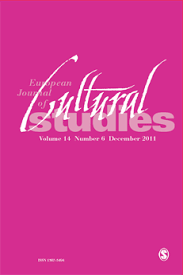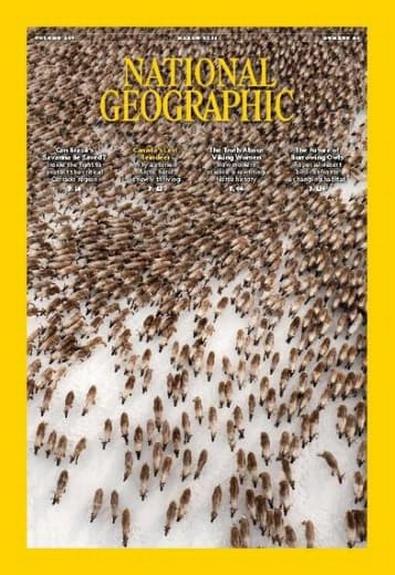TRAAP is an acronym that helps you to remember the steps of resource evaluation. When considering a potential resource for inclusion in your assignment, think about the series of points below. If you cannot easily answer these questions, you may need to investigate your resource further, or consider using a different one.
Watch the video to show you how to use the TRAAP method to evaluate a journal article.
When was the journal article published? If your topic relies on current information, older articles may be outdated.
What publication date range is suitable for your topic? You can limit your searches to a particular date range in Library Search and library databases. If unsure, check with your lecturer about what would be considered current for your topic.
Is the quality of information in the journal article affected by its age?
Are there more recent journal articles that refute or correct the article?
Are older or historical sources suitable for your topic?
Have you read the abstract to decide whether it is relevant enough to read more thoroughly?
Does the information relate to the topic or answer your question?
Has the article been tagged with any subject terms? Are they relevant?
Is the information at an appropriate level for tertiary students?
Have you looked at a variety of sources before selecting this one?
Who are the authors? What are their qualifications, and do they work for a credible institution, such as a university?
What journal is the article published in, and who is it published by? Do they have a reputation for scholarly material?
Is the journal peer-reviewed? You can limit searches to peer-reviewed articles in Library Search and library databases. You can also check Ulrichsweb to find out if a journal is peer-reviewed.
Does the journal article use references and evidence to support it? Look for in text references/footnotes and a reference list.
Can you find other sources that support the information in the journal article?
Do these references and supporting sources pass the appropriate resource evaluation tests? Use the other pages in this resource evaluation tool to help you evaluate other resource types.
Is the article free of spelling, grammar and typographical errors?
Is the article written for an academic audience?
Does the language and tone seem unbiased and free of emotion?
Can you detect any biases, such as political, ideological, gender, cultural, religious, institutional, personal biases, etc.?
Red Flags
Downloadable Resource
Useful Resources
- Ulrichsweb - a database of publisher information for journals where you can check the peer-reviewed status of a journal.
What is...?
Reproduced with permission.
Types of Periodicals
You will come across different types of periodicals in your searching. Here are three of the most common types you will find at university. At university you will mostly be expected to use scholarly/academic journals.
| Scholarly/academic journals | Trade/Industry magazines | Popular magazines |
| Report/comment on original research and developments in an academic discipline | Report on industry trends | Report on current trends and popular topics |
| Little or no advertising | Industry related advertising | Contain commercial advertising |
| Written by experts in an academic discipline | Written by industry professionals | Articles written by journalists |
| Technical language with assumed knowledge of terminology and subject | Includes some technical terminology but still easy to understand | Articles written in language that is easy to understand |
| Extensive list of references | Articles contain few or no references | Articles contain few or no references |
|
Example of a scholarly journal:
|
Example of a trade magazine:
|
Example of a popular magazine:
|




